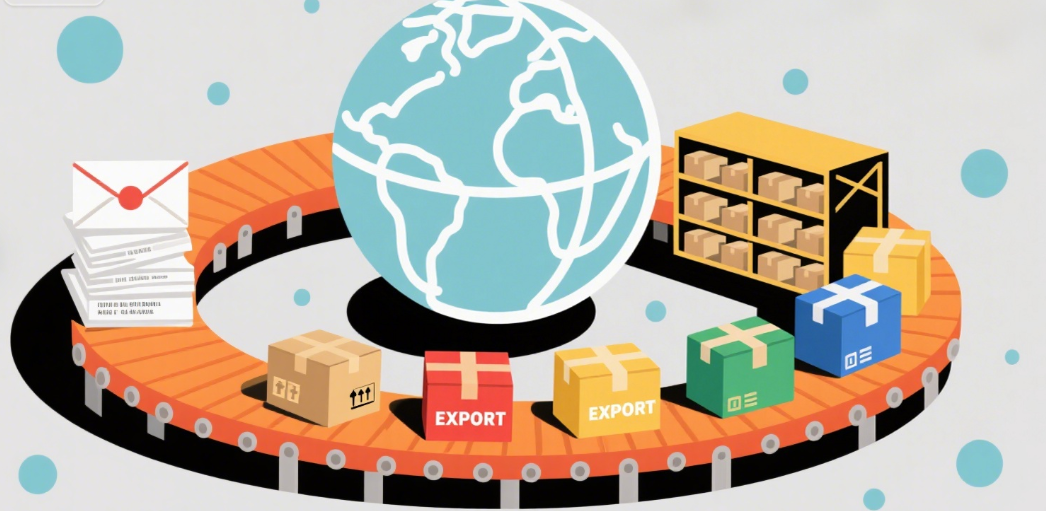
As a new exporter, you’re likely asking: Which payment method is safest and most efficient? The answer isn’t one-size-fits-all—it depends on your client’s creditworthiness, order size, and trade context. Let’s break down three common options used globally: Letter of Credit (L/C), Telegraphic Transfer (T/T), and WeChat Pay—plus when each shines.
According to industry data from Alibaba Trade Assurance, over 80% of small-to-medium B2B exporters prefer T/T for its simplicity, but that doesn’t mean it’s always safe. In fact, misjudging a buyer’s reliability can lead to delayed or non-payment—costing up to 15–25% of total revenue in worst-case scenarios.
| Payment Method | Best For | Avg. Processing Time | Risk Level |
|---|---|---|---|
| T/T (Telegraphic Transfer) | Established clients, low-value orders | 1–3 days | Medium |
| L/C (Letter of Credit) | New buyers, high-value contracts | 7–14 days | Low |
| WeChat Pay (International) | ASEAN region, SMEs with existing relationships | Instant (if supported) | High (limited global reach) |
Take this example: A Chinese factory exporting LED lighting to a distributor in Indonesia initially used full T/T upfront. After two failed deliveries due to unclear payment terms, they switched to a 30% deposit + 70% L/C at sight model—and saw a 40% drop in payment disputes within six months.
On the other hand, if you're selling to a trusted European partner who has been ordering quarterly for years, using a simple 50% advance via T/T makes sense—it builds trust without complexity.

Here’s where smart tools come in: Through our CRM system’s Customer Payment Preference Module, you can automatically flag high-risk buyers based on historical behavior and recommend safer alternatives like escrow or staged payments—even before the first email exchange.
You don’t need to be an expert overnight—but knowing how to match the right tool to the right buyer will save you time, money, and headaches. Start by analyzing past transactions, then test small changes in your quoting process.
.png?x-oss-process=image/resize,h_100,m_lfit/format,webp)
.png?x-oss-process=image/resize,h_100,m_lfit/format,webp)

.png?x-oss-process=image/resize,h_100,m_lfit/format,webp)
.png?x-oss-process=image/resize,h_100,m_lfit/format,webp)
.png?x-oss-process=image/resize,h_100,m_lfit/format,webp)
.png?x-oss-process=image/resize,h_100,m_lfit/format,webp)
